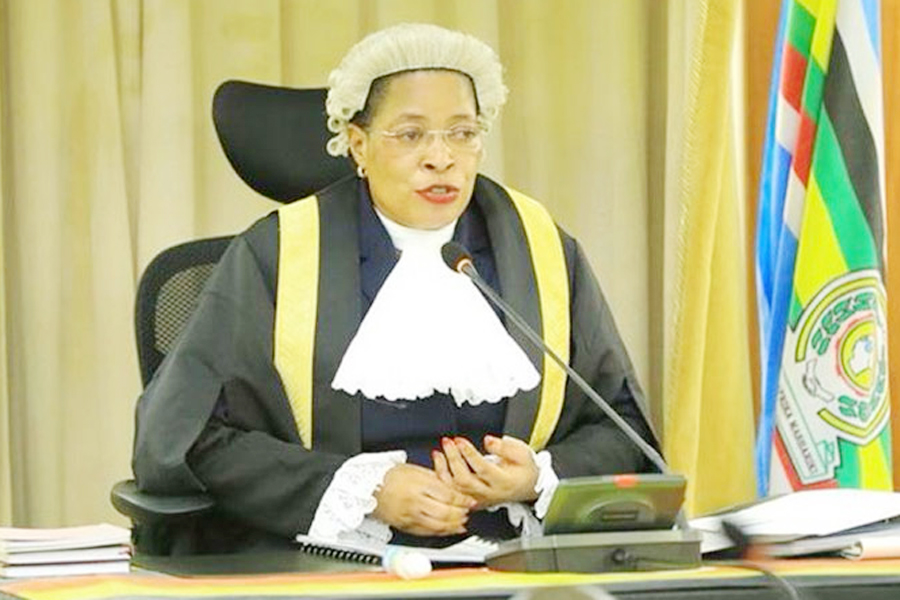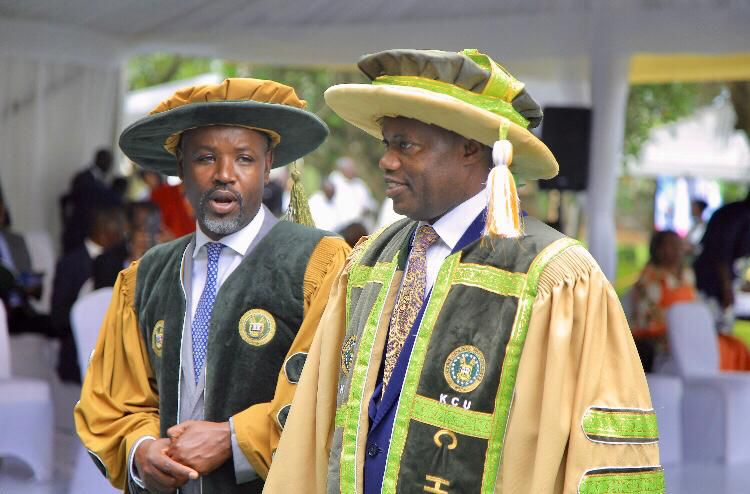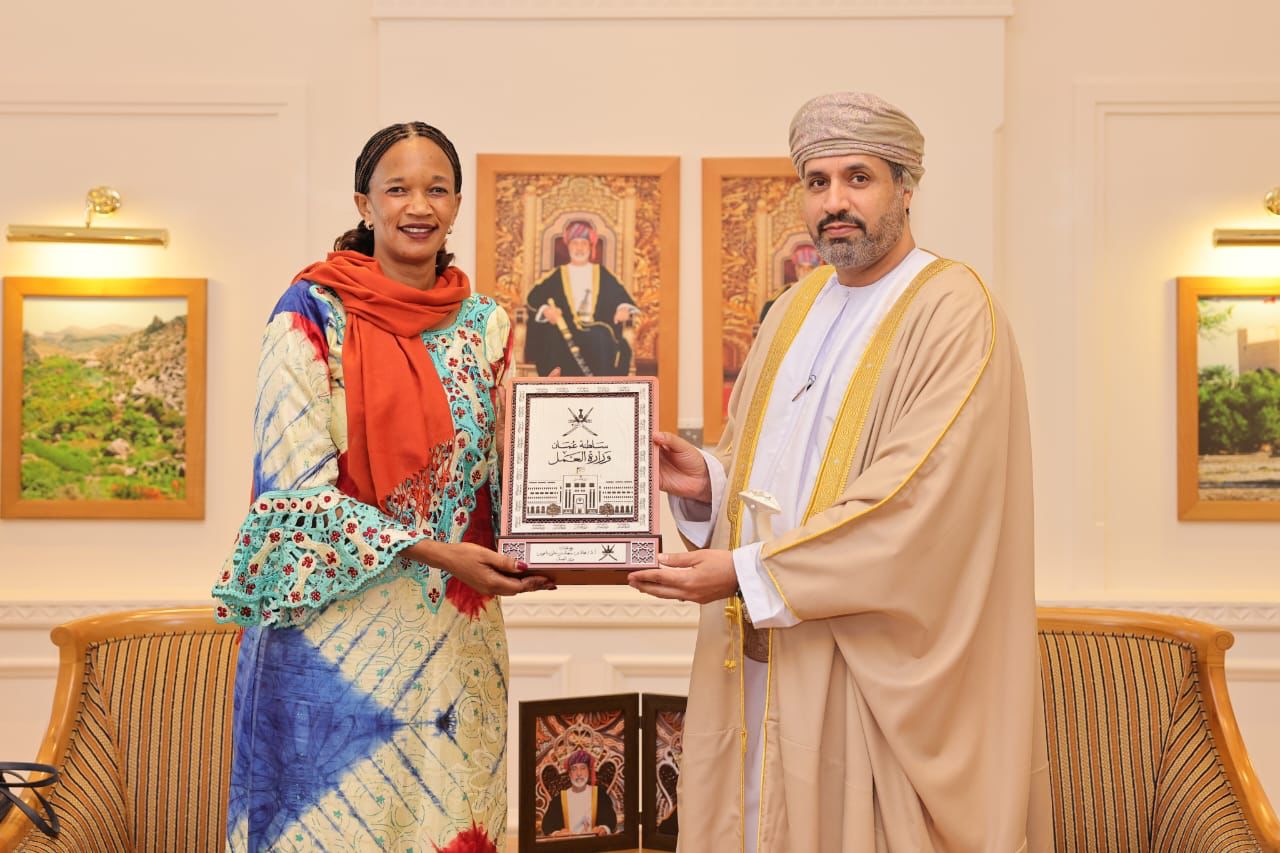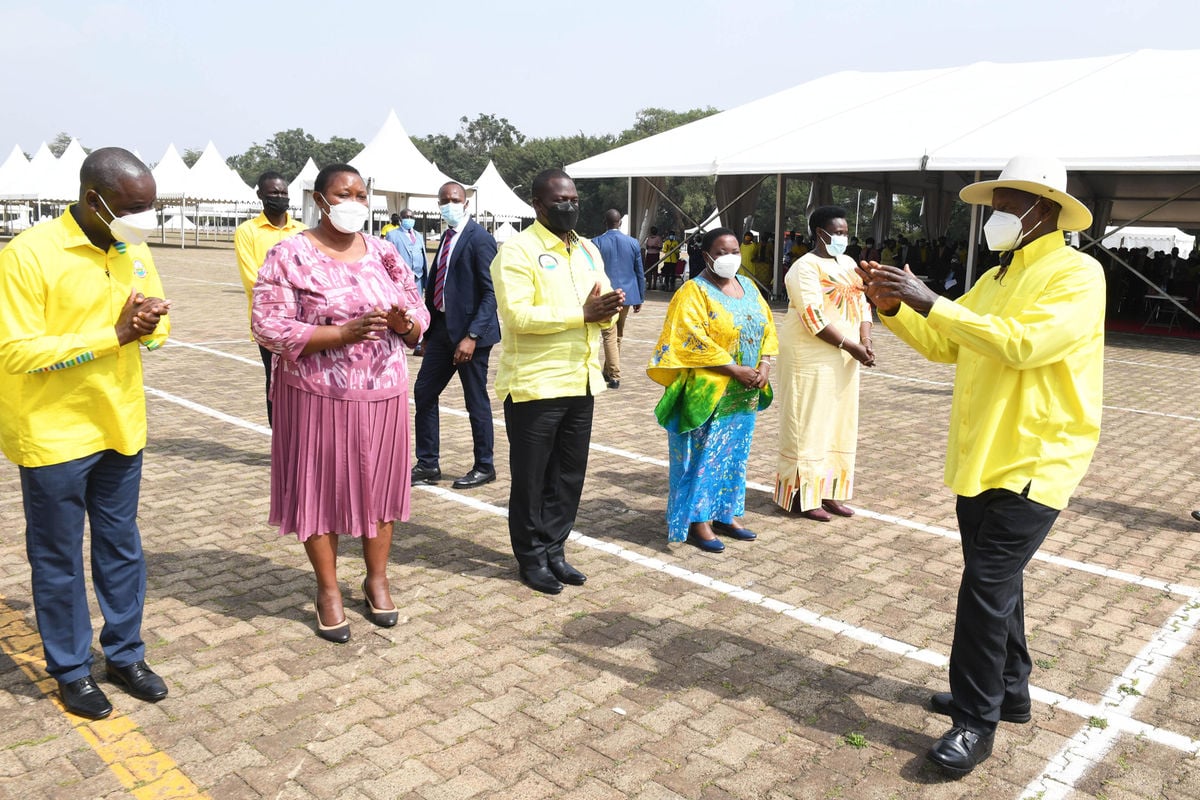OPINION: The juxtapositioning of Mailo on the Torrens System of land registration was an absurd misapplication
Dr. Sam Mayanja
Colonel Robert Torrens, as Collector of Customs in the newly created colony of Australia was impressed with the simple and efficient system used to regulate the dealings of ships. Under this system, evidence of ownership was in the form of a certificate, and all dealings relating to the ship were registered on it.
In 1858, he ushered in this ship recording system of registration into the land recording and operationalized it in South Australia. This later became an invention that revolutionized the method of recording and registering land ownership in Australia. This came to be known as the Torrens system, like the registration of ships, it provided certainty of ownership of land based on the paper title to land just as the ship card was to the ships.
The system was an improvement on the old English land law system which was complex, time-consuming and expensive. Mr. Torren’s main objective was to “escape from the grievous yoke of English Property” by making radical changes in it.
The Torrens Title System made the register conclusive. Once an individual’s name was registered on the Torrens Title register, that individual become the owner of the property to the exclusion of all others.
Under the system, a Certificate of Title exists for every separate piece of land. The Certificate contains a reference that includes a volume and folio number, ownership details, easements and/or rights of way affecting the land and any encumbrances including mortgages, leases and other interests in the land.
It is this Torrens system which the British Colonialists purported to introduce in Uganda through the 1900 Buganda Agreement. It was a muddled and disoriented genesis of the mailo. It was the advent of a curse which reduced the once proud indignant land owners to serfdom. It ignored all indigenous customary norms of land ownership. They now became slaves occupying the “property belonging to others".
The tragedy was that whereas the Torrens system was about confirming the individual to his land, the mailo system was only associated with documents relating to a particular parcel of land and not the actual ownership on the ground.
Under Section 3(4)(b) of the Land Act, Mailo land permits the separation of “ownership” of the land from the ownership of developments on land made by the bibanja holders or peasants by occupancy. This is diametrically opposite to the principles of the Torrens system.
To the Torrens system land is defined in the maxim “cuius est solum eius est usque ad coelom et ad inferos” meaning that a person to whom the soil belongs also owns the heavens above and everything below it.
The separation of ownership of the land in mailo system means that Title unlike in the Torrens system, is not conclusive ownership of the land but tied to the use and developments on the land.
The ownership of a mailo title which is not translated into the ownership of fixtures on that land, renders the mailo title a mere piece of paper since it does not confirm use of the land. This is different from the pivotal principle of the Torrens system.
The mailo concept is clearly, out of step with the pre-conception that Sir Robert Torrens had-that a person transacting in the land did not have to go behind the registrar to establish ownership since the Register was everything. The title was paramount, took priority and was absolute as against all unregistered interests not indicated on the folio in the Register.
However, the Land Act S. 3(4) (c), limits the applicability of this paramountancy and subjects the title to a tenant's customary/kibanja rights. An array of sections in the Land Act from 29 to 38 fully weed out the applicability of the salient Torrens principles to mailo.
It is obvious that the Mailo land certificate of title is perpetually encumbered for as long as the bibanja holders stay on the land, yet the Torrens system anticipated that any third-party interests and rights must appear on the Register and indicated as caveatable interests.
Notwithstanding that section 59 of the Registration of Titles Act, the title of the mailo land owner cannot be guaranteed by the government as it is subjected to other third party interests and other unknown interests who are in actual possession of the land.
It is therefore clear that mailo land was created out of confusion and misunderstanding of the African culture. The application of the Torrens system on the mailo land tenure has not only caused confusion and created land wrangles but has totally obliterated the principles of land ownership in Uganda, creating land titles belonging to "mailo land owners” who own only paper titles but no physical land. It is in this scheme of things that President Museveni’s drive of land reform must be seen, appreciated and supported.
The issuance of freehold titles to the actual occupants/bibanja holders on the land in operationalization of article 237 (9) of the constitution is in this context imperative.
Dr. Sam Mayanja
Minister of State for Lands













